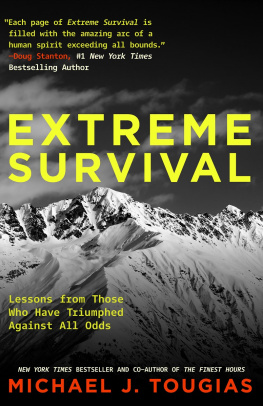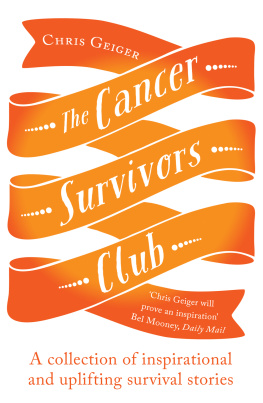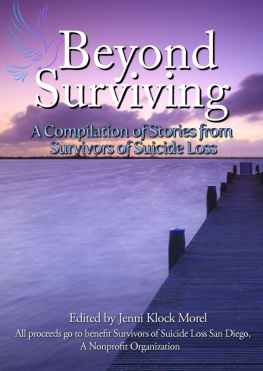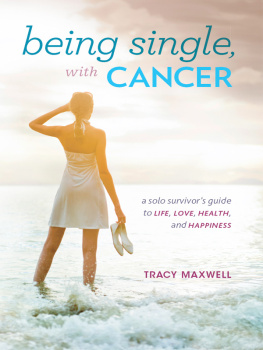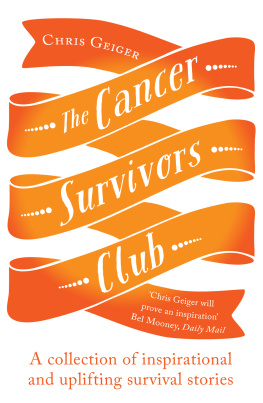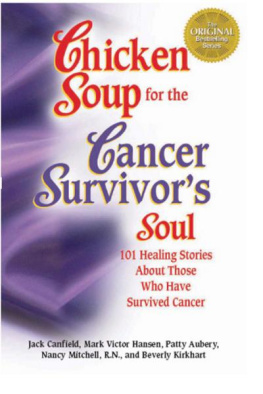
Survivors Obligation: Navigating an Intentional Life
2019 by Chris Stricklin and Joel Neeb
Elroys Story 2019 Chris Stricklin
Thors Story 2019 Joel Neeb
All rights reserved. The content of this book may not be reproduced by any means without the prior written permission of the publisher.
Events in this book are true. Some names have been changed.
Design by Andermax Studios. Front cover sky photo by Chris Stricklin. Compass by Brenda Harris. Senior editor Terri Barnes.
Library of Congress Cataloging in Publication
Control Number: 2019016280
ISBN 978-1-934617-47-2 (hc)
ISBN 978-1-934617-49-6 (epub ebook)
ISBN 978-1-934617-50-2 (kindle ebook)
Printed in United States of America.
10 9 8 7 6 5 4 3 2 1
Published by
Elva Resa Publishing
8362 Tamarack Vlg., Ste. 119-106
St. Paul, MN 55125
ElvaResa.com
MilitaryFamilyBooks.com
Bulk discounts available.
For the survivor in all of us.
For Terri: Our life continues to be an adventurous journey,
and together we savor the moments of each day. Chris
For Marsha: You made our familys survival possible,
and every day after worth surviving for. Joel
Contents
A Message from the Authors
Survivors
On September 14, 2003, Chris Elroy Stricklin ejected from his U.S. Air Force Thunderbirds F-16 fighter plane less than a second before it crashed to the ground and erupted into a massive explosion. He landed under his parachute not far from the wreckage of his aircraft.
Joel Thor Neeb was also an air force fighter pilot, but his greatest battle would not be in the air. In March 2010, he was diagnosed with stage IV cancer. His doctors gave him a 15 percent chance to live five years. At the same time, doctors also discovered a tumor in the lung of Joels three-year-old son.
EACH OF OUR LIVES CHANGED in an instant. For Chris, it happened just before his aircraft hit the ground. For Joel, it was the moment he received a dire diagnosis. We both knew our chances of survival were slim, and we each made a choice. We chose to do all we could do to live. Later, we realized we would also have to choose a new way to live.
Although we both served in the air force, we first met after leaving active duty, as members of the same consulting firm. In a strategy session one day, we participated in a team-building exercise that involved creating a timeline graph of our lives. Positive experiences were high points on the timeline; negative experiences were low. We each placed our individual brush with death among the lowest points. Interestingly, for both of us, after the low points of our traumas, the lines of our lives marched upward in a steady trajectory. Our trials had become turning points, but we both had more healing to do.
When we met, we found comfort in connecting with another person who had come so close to death. It gave us freedom to talk about how our experiences had changed us. Chris survived an unsurvivable ejection and Joel survived an unsurvivable cancer. Experts said it was not probable for either of us to be alive, yet we are.
At first, our conversations with one another focused on the ways our experiences were different: We had survived completely different traumatic experiences. We also discovered similarities: We had each found answers in the questions, clarity in the fog, and a renewed hope for the future when we faced what we thought was the end of life.
During many phone conversations between us, one or the other has broken down in tears while sharing portions of his story. Unpacking the memories and emotions of these ordeals was more painful for each of us and our families than we had imagined.
Although it was a rocky emotional journey, we discovered healing in the process of writing about our experiences. Writing our stories forced us to come to terms with all the emotional weight these events held. It allowed each of us to open our hearts more fully to our spouses, engage in deeper conversations, and build stronger relationships.
We both know many airmen who did not walk away from a crash as Chris did. Many friends who fought battles with cancer, undergoing chemotherapy alongside Joel, did not receive the second chance Joel was given.
We didnt do anything special to deserve it, and yet we both survived.
People who survive near-death encounters sometimes have feelings of remorsesurvivors guiltfor living through an experience when others did not. Neither of us experience that guilt. Instead, we both feel compelled to work through the pain of reliving our experiences, to learn from them, and to live differently because of those experiences. Rather than remorse, we feel a survivors obligation, a responsibility to live our lives in a new wayfor ourselves, our families, and on behalf of those who did not get a second chance.
On Joels seventh anniversary of being cancer free, Chris sent him this message: There is an appreciation for each day, shared by people who almost lost tomorrow!
While we have this in common, our near-death experiences revealed different truths to each of us.
After his ejection, Chris chose to focus on his family over his career. After his illness, Joel became determined to seek challenges and adventure alongside his family. For both of us, a survivors obligation means making daily decisions based on our deeply held values.
Together, we also felt a desire to share our stories and how our experiences changed our perspective. Knowing what we hold dearest, we now live our lives intentionally and in the light of discovering what is most important to us. Instead of making decisions we can live with for today, we make decisions that reflect the values of a lifetime.
Elroys Story
IT WAS A ROUTINE THURSDAY for me and the other members of the United States Air Force Air Demonstration Squadron, more commonly known as the Thunderbirds. We had an early morning brief at our home station at Nellis Air Force Base in Las Vegas, Nevada, for the days flight to a show location in Reno, a short flight away on the other side of the state.
The day began like many others for our team, with a group of pilots in signature blue flight suits sitting around a conference table, briefing the details of the days deployment sortie, which is what we call a flight. Our mission that day was to fly our aircraft to Reno, Nevada, to set up for a series of three performances over three days at the National Championship Air Races.
Every fighter pilot has a call sign, a name chosen for us by our fellow pilots. Mine is Elroy, because of my resemblance to the cartoon character in The Jetsons. In many cases, a call sign stays with a pilot for life. This changes temporarily when a pilot becomes part of the Thunderbirds team. Those chosen for the team serve a two-year stint, and during that time team members are known by a number indicating their position on the team. Thunderbird 1 is the squadron commander, Thunderbird 2 is the left wing, 3 is the right wing, 4 is the slot. These designations indicate the position in the Thunderbirds four-ship formation called the Diamond. Thunderbird 5 is the lead solo. My position on the team was Thunderbird 6, the opposing solo. Other team members have number designations also, such as the narrator, Thunderbird 8 (also a pilot) and the team doctor, Thunderbird 9.
After a flight to any show location and before landing, the six demonstration pilots fly a series of arrival maneuvers to check out ground reference points and practice some of the maneuvers for the air show. Then the teams maintenance personnel prepare the aircraft for the show, fueling them and checking systems for the next flight. After the pilots land their aircraft, the commander and two solo pilots board a helicopter for a survey flight to examine the timing points again from the air. This routine procedure at each new show site allows the team to examine the terrain, clarify timing points for the demonstration, and refine their ability for precision in the high-performance F-16 fighter aircraft. After the helicopter flight, the team reassembles and briefs the details of the demonstration show.
Next page

